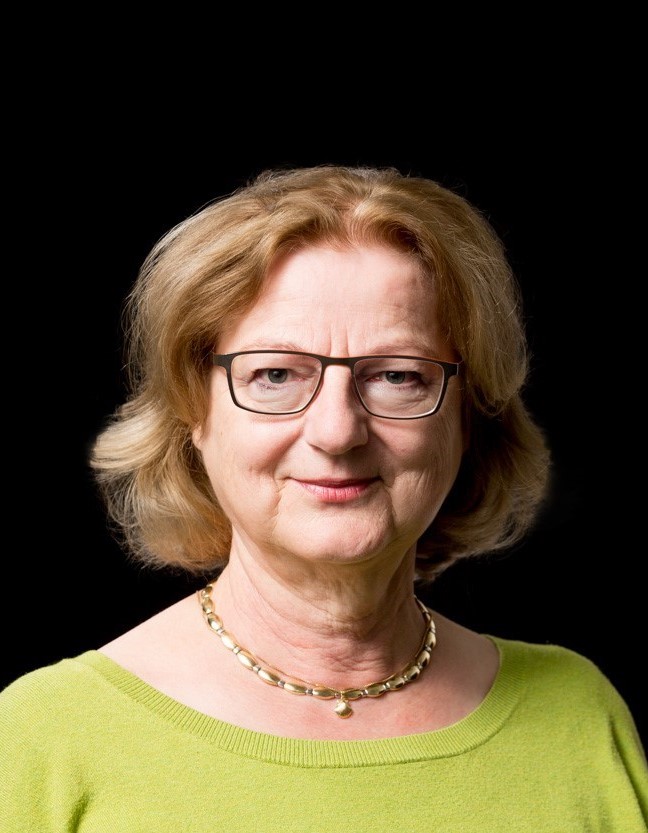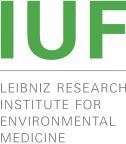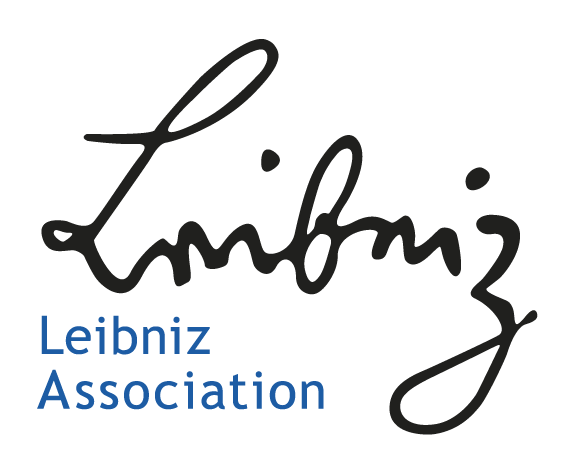
The Esser lab analyzes the role of the aryl hydrocarbon receptor (AHR) in immunotoxicology, with a special focus on the barrier organs skin and gut. AHR is a transcription factor whose activity is initiated by binding to small molecular weight chemicals of various sources. Examples are dietary compounds from cruciferous plants, UV generated tryptophan photoproducts, indole metabolites produced by gut bacteria, or environmental pollution chemicals such as dioxins. AHR signaling is needed for detoxification of a range of molecules and critical for many cell-specific genes involved in differentiation and immunity. Our research aims at laying the ground for using AHR ligands in therapeutic interventions. The Esser lab demonstrated the critical role of AHR for the skin barrier, and for skin immune cells (Langerhans cells and γδ T cells), as well as for oral tolerance. We look at changes in the gut microbiome and potential relevance for skin health. We continue our interest in the role of AHR for γδ T cell function, and one project seeks to integrate γδ T cells into a human skin model to study their anticancerogenic properties. The lab has developed a novel tool for easy detection of microbial pattern changes in the gut and the skin using flow cytometry data (FlowSoFine™).

Head of working group:
Charlotte Esser
Role of AHR for the gut microbiome and changes in the gut flora
Unbalancing the immune system is a hallmark of dioxin activity and of other persistent polycyclic aromatic hydrocarbons, many of which are still abundant in the environment. Surprisingly, data on the effect of dioxins on the gut microbiome are still sparse, despite the fact that the oral route is the major route of uptake for these chemical pollutants. Recent research has demonstrated that the AHR is critical for a functioning gut immune system and a beneficial anti-inflammatory tonus of the gut. Indeed, lack of plant-derived AHR-ligands in the diet leads to higher susceptibility towards infections and can impair the gut barrier. It is largely unknown how AHR signaling by environmental pollutants damages the gut flora, with knock-on effects on the immune system or metabolism. We found such changes in the bacterial profile in mice at a very low dose of dioxin (2,3,7,8-TCDD) over a long period of time. Noteworthy were differences between the two sexes This needs to be further investigated. In addition, we established an easy and accessible tool for profiling the gut microbiota community by flow cytometry. This can then be used for many studies, such as the impact of microplastic or cadmium on the gut microbiota. (The work was funded by the German Research Foundation (DFG); ES103/9-1.)
The gut-skin axis - bacteria, AHR ligands and atopic dermatitis
The skin and especially the epidermis are in constant contact with the „outer world“ and are immunologically active. Disruption of the barrier function of the skin can have serious health consequences. Skin hosts its own microbiota – a community of commensal bacteria, which also wards off pathogenic bacteria. Diseases such as psoriasis or atopic dermatitis are associated with breaks of the skin barrier and with typical changes to the skin microbiota with pathogenic bacteria. We had shown that the AHR is highly expressed in all skin cells, and controls cell-specific functions. Indeed, genetic deficiency of AHR or deletion of AHR ligands from the diet impaired the skin barrier. The latter could be rescued again by addition of AHR ligands to the diet, which improved skin barrier measurements such as transepidermal water loss. We are analyzing the gut-skin axis further and address how the gut microbiota and their metabolites influence skin health and may contribute to an improvement of skin inflammation (atopic dermatitis model). This project is integrated with another project, where we look at epidermal γδ T cells as players in skin immunity and health. This is a project of the research unit 5489 of the German Research Foundation (DFG) (ES103/11-1).
Epidermal γδ T cells
Skin harbors a special subset of T cells, which have features of innate and adaptive immune cells. These γδ T cells bear a receptor of unknown antigen specificity, are generated exclusively during a short time-window in the fetal thymus and play an important role in immunosurveillance of the skin, i.e. fighting viral and bacterial pathogens, eliminating cancer cells, and supporting wound healing. We found that the skin of AHR-deficient mice is almost completely devoid of these cells, although they are formed in the fetal thymus and reach the skin around birth. However, they disappear within a few weeks. With gene expression profiles, we made the original finding that inflammatory pathways are upregulated in AHR-deficient γδ T cells, an indication that AHR may block an inflammatory default of these cells. We want to study this further in the future and add the aspect of energy metabolism. This project is funded by the German Research Foundation (DFG; ES103/10-1).
Epidermal γδ T cells in humans – anticancerogenic activities
Non-melanoma skin cancer is one of the most common tumors worldwide, with rising frequency. However, the role of local immune cells in the skin to recognize and fight this cancer is not understood very well. Therefore, we develop relevant human 3D skin models with integrated γδ T cells. With such models, we want to query the potency of γδ T cells in recognizing and killing skin tumor cells. Furthermore, we ask whether the AHR, a sensor for UV irradiation and UV stress in the skin, has a role in immunosurveillance. This project is funded by the Wilhelm Sander Foundation (www.sanst.de).
IUF internal:
WG Haarmann-Stemmann
WG Krutmann
WG Schins
WG Ventura
LG Weighardt
National:
Irmgard Förster, University Bonn
Karin Loser, University Oldenburg
Christiane Opitz, German Cancer Research Center, Heidelberg
Astrid Westendorf, University Duisburg-Essen
Thomas Tüting, University Magdeburg
Stefan Janssen, University Giessen
Katja Ickstadt, TU Dortmund
Hyung-Dong Chang, DRFZ, Berlin
Katja Merches, LGL Bayern
International:
Aleksandra Popov, IBRSS, Belgrad, Serbia
Myung-Shin Jeon, INCHEON University, South Korea
Anna Wajda, National Institute of Geriatrics, Rheumatology and Rehabilitation, Warsaw, Poland
The Esser lab is in charge of the central FACS and cell sorting unit of the IUF.
Postdocs
PhD students
Master students
Technical assistance



